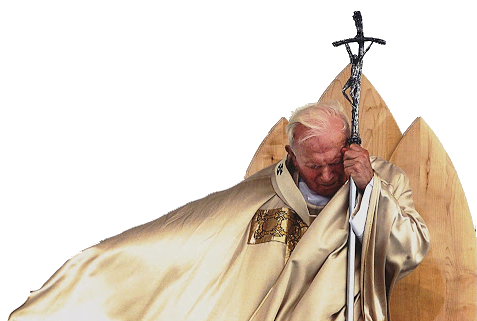
Today we begin reading the Book of Genesis and the story of Creation. Although Genesis is at the beginning of the Bible, that does not mean that it was the first book to be written, still less that it represents an “eyewitness account”. In fact, experts distinguish a combination of accounts written at different times. The form we now have is a later, sophisticated work, written with a specific purpose in mind. It is not a scientific account, and it does not clash with more recent scientific discoveries because it is written on a completely different level.
It is more about God and our relationship with God, than about how the world actually came to be. The central message is that there is only one God, and that he is the source of all that is; he is totally good, and everything he creates is good. Genesis acts as an introduction to the five books of the Pentateuch, the Law of Israel, and shows how God brought order into a chaotic universe.
Our present selection of readings covers the first 11 chapters, which deal with what is called the ‘primeval history’ or pre-history, the Creation, the various ‘falls’, and ends with the incident of the Tower of Babel. The rest of Genesis is concerned with the origin of God’s people, with the first patriarch Abraham and his immediate descendants—Isaac, Jacob and Joseph and his brothers. We will cover the second part of Genesis in Weeks 12-14 of Cycle I. The last word of Genesis is ‘Egypt’, and leads immediately into the Book of the Exodus, describing a much later period where we find the Israelites living in Egypt.
Today’s reading (Genesis 1: 1-19) begins with God bringing into existence, out of nothing, what we might call the infrastructure of our world. This section introduces the whole Pentateuch and, in a way, the whole Bible. It shows how God created an orderly universe out of primordial chaos.
This first version has as its primary focus God’s role. It aims at a complete logical classification of beings whose creation is deliberately fitted into the framework of a week that closes with the Sabbath day of rest. The text makes use of the primitive science of its day. It would be a mistake to look for points of agreement between the picture given here and the data of modern science.
Recounting the origin of the cosmos and its glorious centerpiece, earth, it shows God masterfully orchestrating the events of creation. Each phase follows more or less the same basic pattern established on Day One: divine command, result, divine approval, enumeration of the day. The effect is anything but monotonous. Like a musical theme with variations, the story shows the world gradually becoming more mobile and complex, until, by the sixth day, it is ready for self-perpetuation through procreation.
In last Saturday’s Gospel reading (Mark 6:30-24), we saw Jesus and the Twelve landing at a remote place by the lake shore to spend a day of quietness and reflection. But as soon as they disembark, they are met by a huge number of people for whom Jesus, as their Shepherd, was filled with the deepest compassion. After teaching them at length, he arranged with his disciples for the 5,000 people there to be fed.
After this, the disciples were sent off, without Jesus, in their boat to Bethsaida. On the way, they ran into a huge storm. In the middle of it, Jesus appears walking on the water. When he got into the boat and commanded the wind and the waves, there was total calm. In our weekday readings from Mark, these two scenes are passed over at this point, but we will be reflecting on them at another time.
Today we have a short passage summarizing what Jesus was doing for the people (Mark 6:53-56). It indicates the tremendous hunger of the people to be healed and made whole by Jesus. The people recognize him immediately and go everywhere to see him, bringing along those in need of healing. Jesus, in turn, was visiting towns and villages. The sick, strong in their faith, only asked to be allowed to touch the edges of his outer garment, and everyone who touched him was healed and made whole.
As we will see later, Jesus’ message has much more to say than only healing. Even so, for now, let us pray that our influence on others at home, at work, and elsewhere may have a truly healing effect.
May God Bless You and Grant You His Peace!

